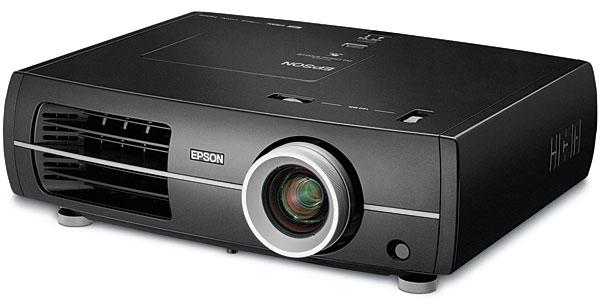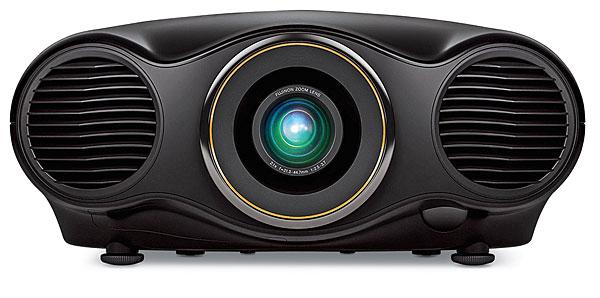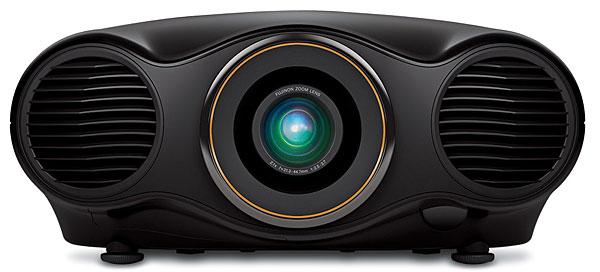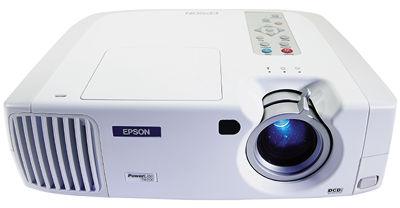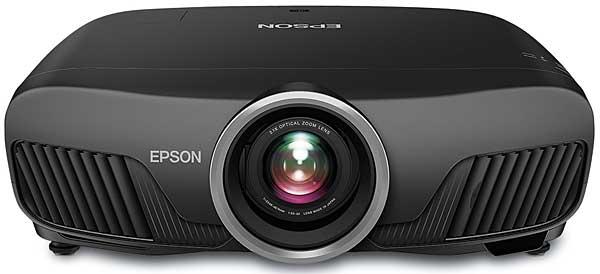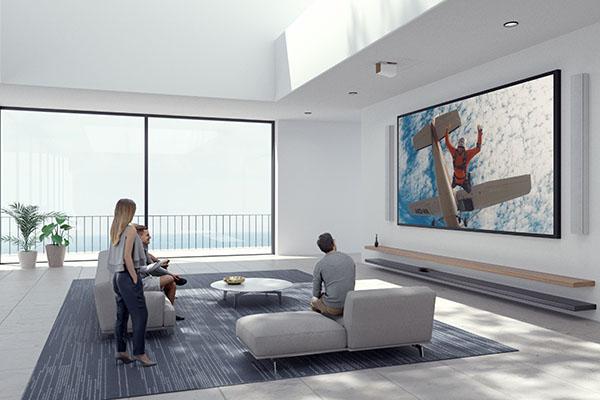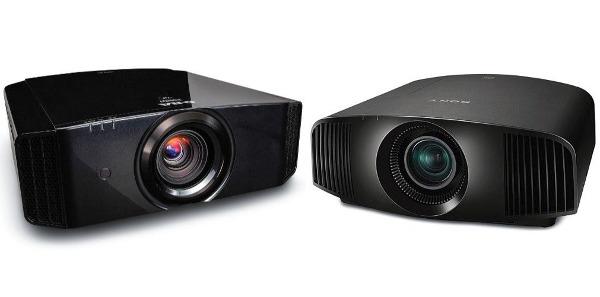Projector Reviews
Sort By: Post DateTitle Publish Date
|
Jul 21, 2008
|
Jun 10, 2007 |
First Published: Jun 11, 2007
|
Dec 20, 2006
|
Mar 01, 2010
|
Mar 03, 2011
|
Oct 29, 2015
|
Apr 06, 2017
|
Sep 02, 2016
|
Sep 25, 2005
|
May 30, 2005
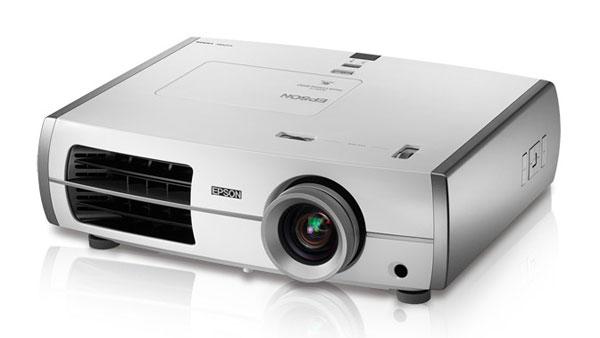
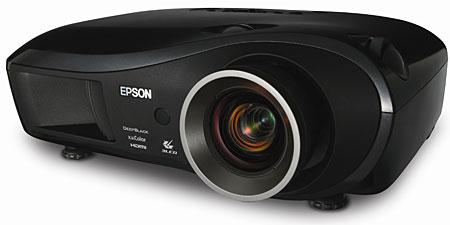
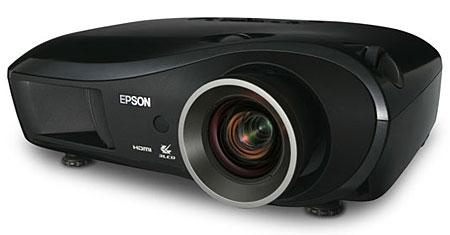

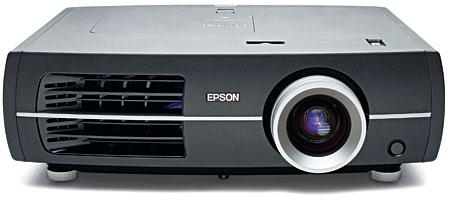
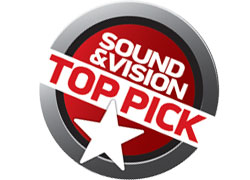 Price: $3,699 At A Glance: Excellent video processing • Superior adjustability • Blacks to die for
Price: $3,699 At A Glance: Excellent video processing • Superior adjustability • Blacks to die for
